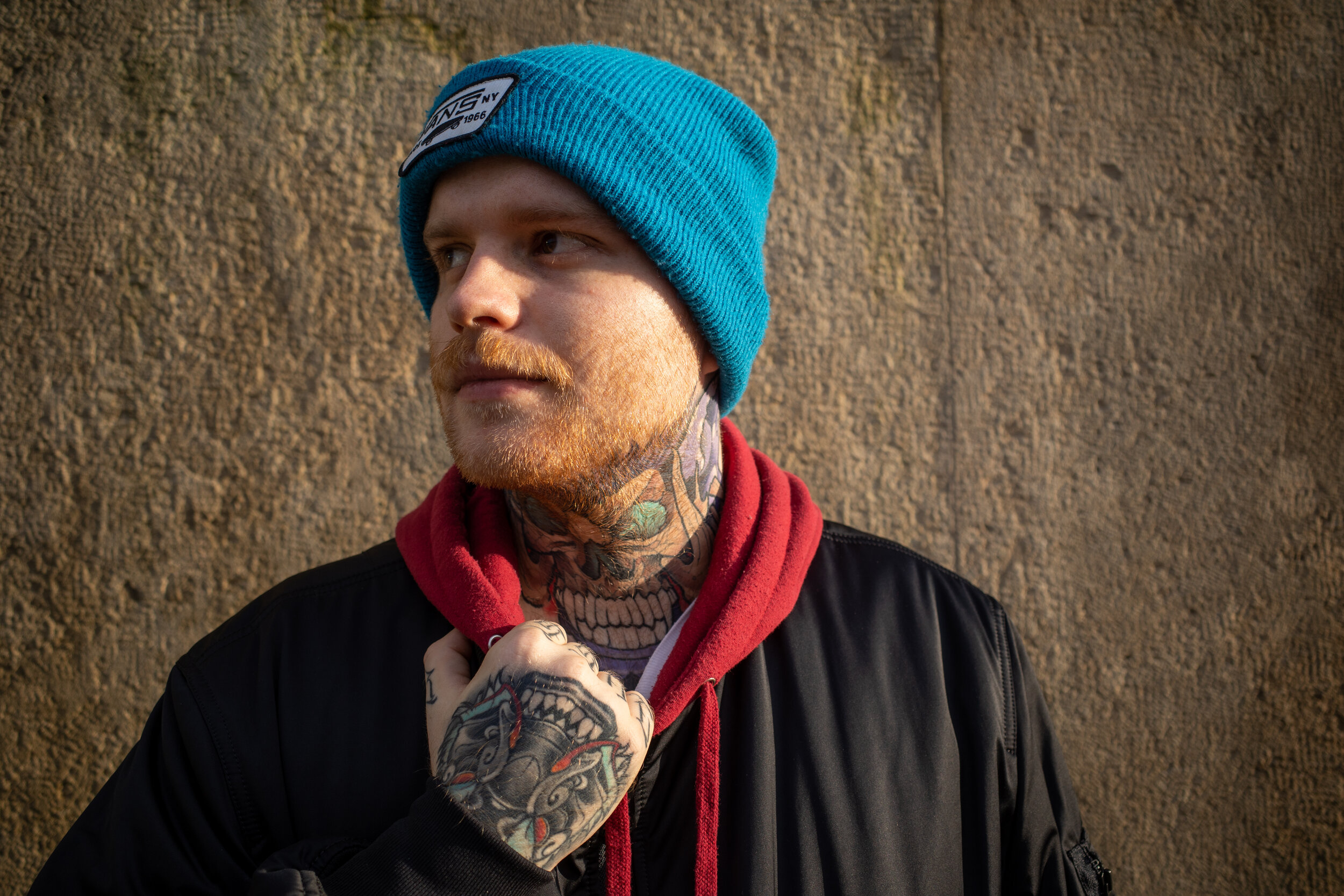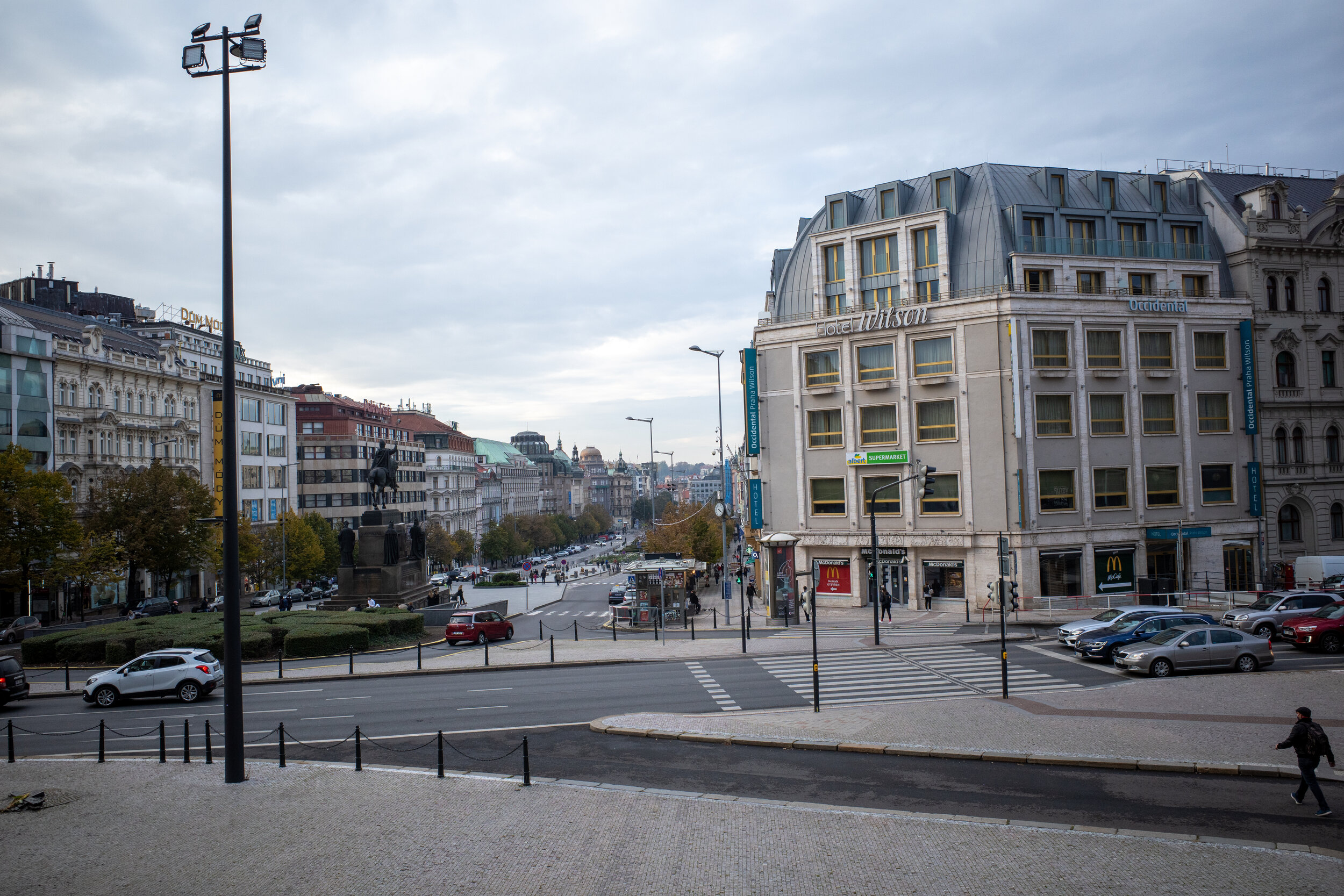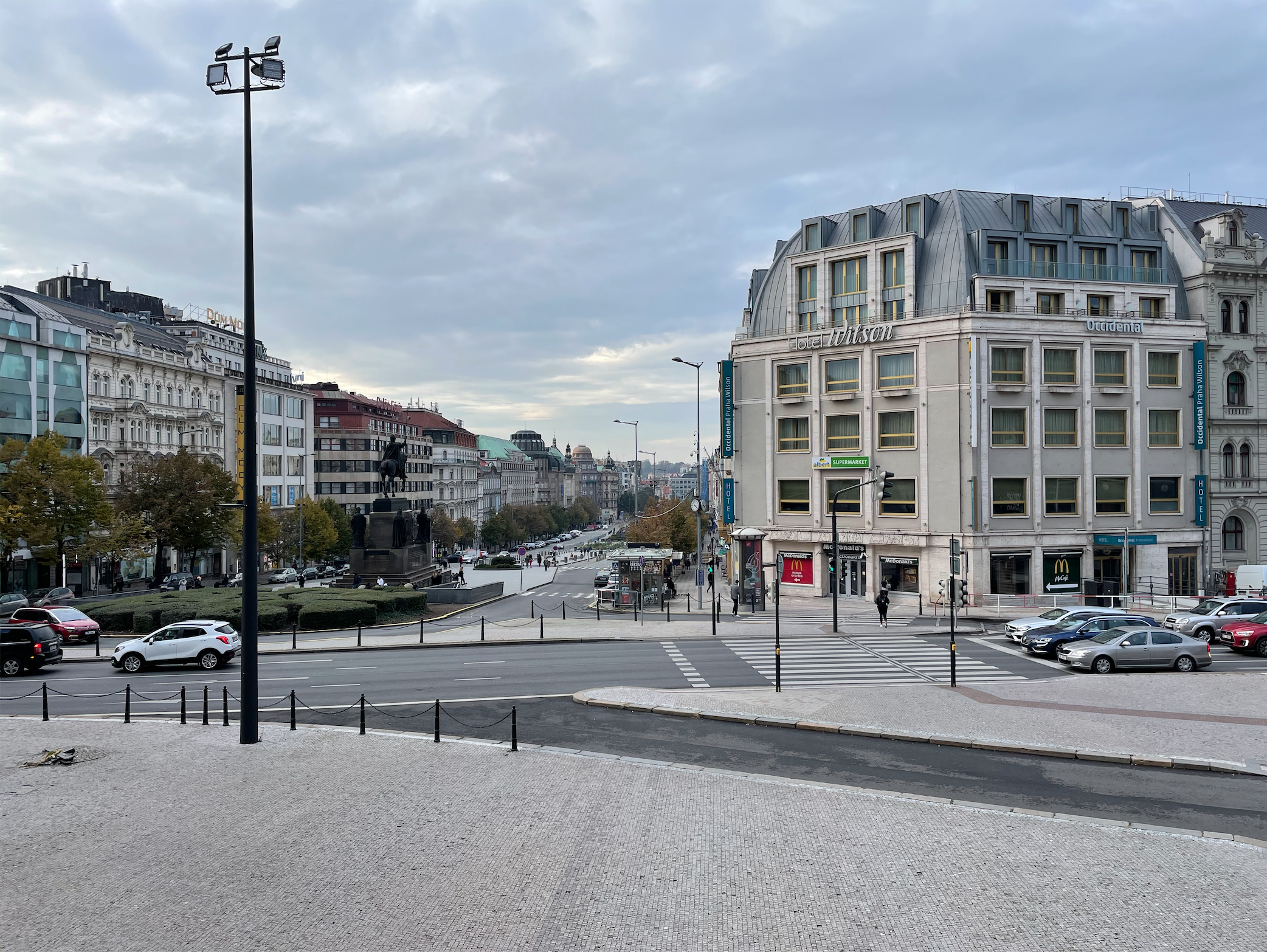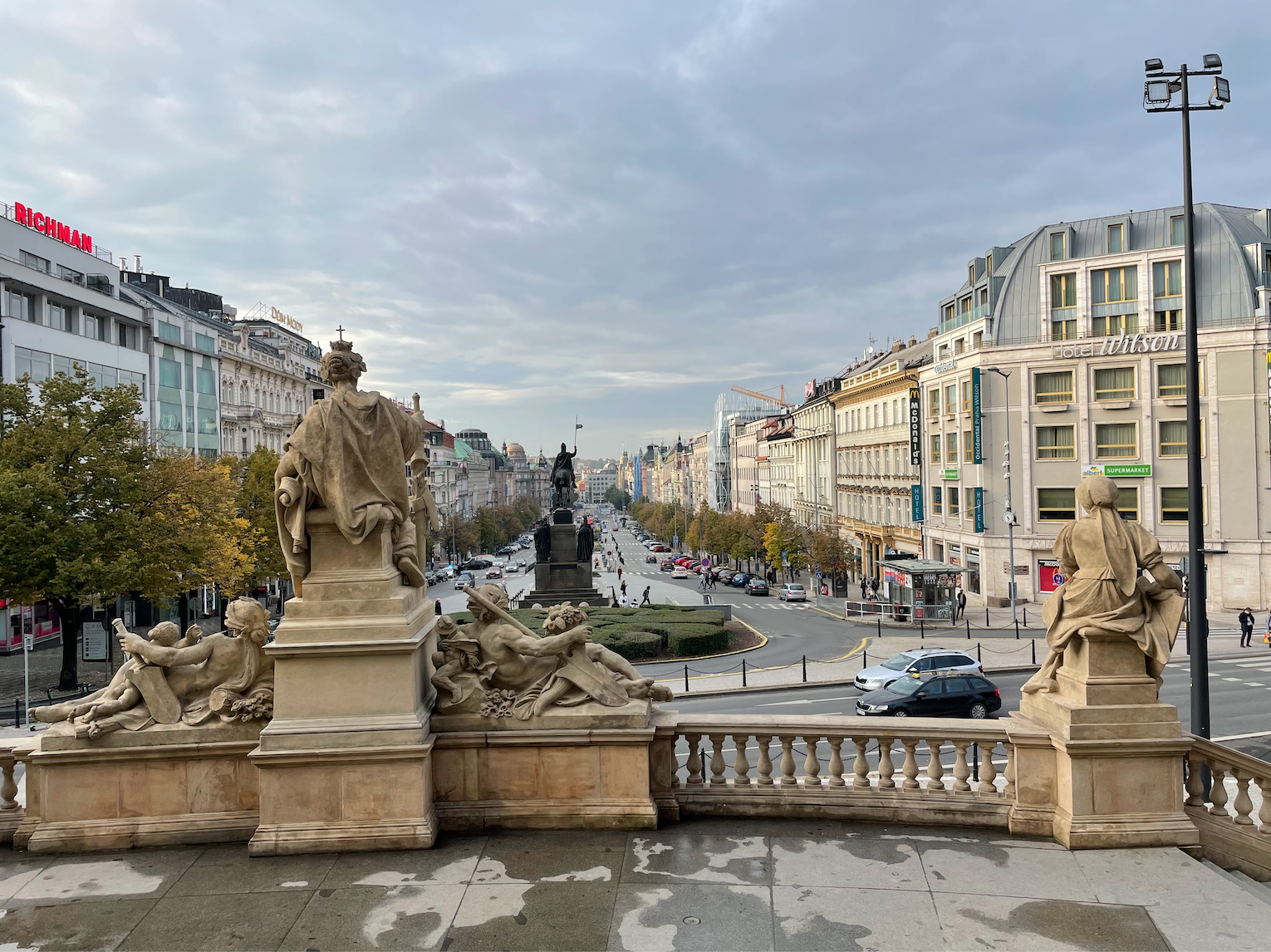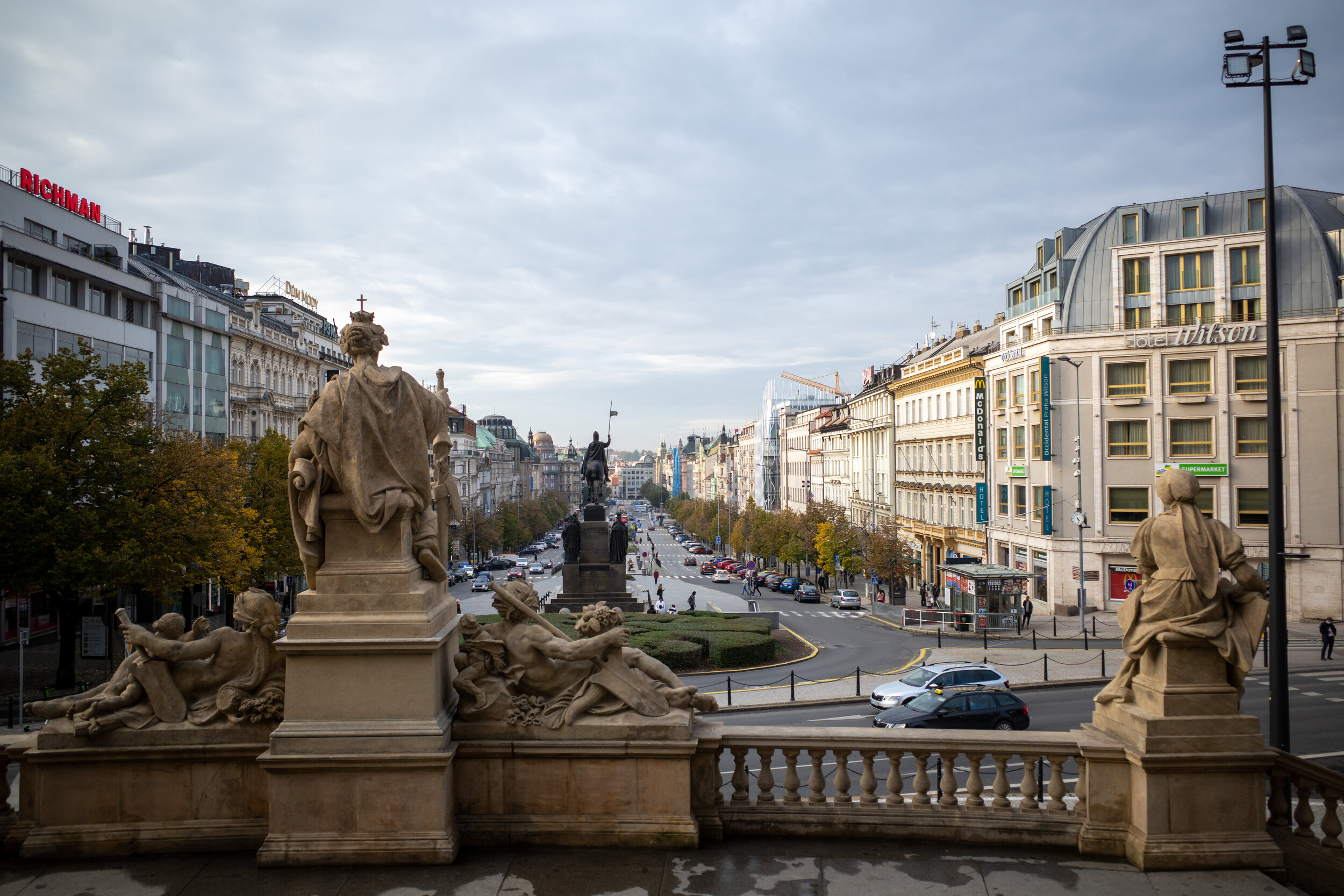iPhone 12 vs Ricoh GR III for Street Photography - Which One Should You Pick?
Hello photography fans. Today I am going to challenge the Ricoh GR III which is I think the king of street photography with the newest iPhone 12. I want to take a look at if the new iPhone will be able to replace at least to a certain degree your camera and if it still makes sense to buy a compact camera if the street photography is the main genre you want to use it for.
I think this comparison kind of makes sense when we take a look at the form factor of both "cameras" and the price point. Now just to be clear the iPhone is probably going to beat the Ricoh as better overall camera. It is definitely more versatile with those 2 cameras and very good video specifications. However, when you buy Ricoh GR III you don't buy it to film videos with it or for the zoom lens - which it doesn't have. We Ricoh GR users use legs to zoom in and out. I dare to say the majority of users is going to use this camera for one and one specific purpose only which is street photography. It is a compact camera and it fits in your pocket so you can actually take it with you in almost any situations. Now, that is where I see the iPhone as a close competitor.
Ricoh GR III was released earlier in 2019. It has 24 MP APS-C sensor with 18mm lens F 2.8 which is 28mm equivalent. It has 3-axis in-body stabilisations system. Touch LCD screen and it can be charged with USB type C.
The iphone 12 is equipped with 2 cameras, Wide and Ultra Wide. Which translated into english is 13 mm and 26 mm equivalent. It has a new sensor image stabilisation and Apple claims you can take up to 2 seconds handheld exposures. Which is a bold claim, something I am definitely going to test out. There is also a feature called Night mode which helps you to take better pictures at night . Apple PRO Raw and the Lidar scanner is something Apple reserved for the "PRO" version which I will hopefully be able to test out later this month.
So let's talk about controls. Right from the start we can see that Ricoh offers more photography settings because - well all the settings are about photography. However, this can also be a benefit if you just want to shoot full auto and not worry about anything else. What I love about Ricoh is that you can save 3 custom modes which you can adjust to your liking. My most favourite function is the “highlight weighted” metering feature which let's you expose just for the highlights. Something you will need to download an external app for on the iPhone. Another great feature of GR III is the ability to take a photo with a single tap on the LCD screen.
iPhone on the other hand is the king of social media. But not only that. You will appreciate the options to simply share the photographs via iCloud and photo streams not only for your family events. iPhone also has this beautiful OLED screen which is twice as big as on Ricoh. With the iCloud plans you can basically take infinite number of photographs. With Ricoh you have the option of 2 GB of internal storage and memory card slot. Which again can be a benefit depending on what you want. It can also take HDR photographs which for casual shooter can be a plus. But something you might not really want or need if you do street photography. The iPhone is charged with the lightning connector which is annoying considering everything else uses USB type C but you know. What can you do.
For this test I was using the default camera app and I have to say I was pleasantly surprised that it has been improved a lot. Where used to be the black side bars on older iPhones we now have this transparent frame. Apple is probably using the ultra wide lens to show you the surroundings of your frame. Now, I have been saying for a while that LCD screen is a new viewfinder since you can easily see what is included or left out of your frame. With this new feature. Which is limited to new iPhones we are getting once again much closer to that. The ration is still limited to 4 by 3 unlike in any "standard" cameras. But I think in the end it is just a signature of that medium. When you see a square image you usually think of medium format. When you see 4 by 3 you know it was taken with a smartphone.
Now let's talk about the image quality. To be hones I was quite surprised that the iPhone with a much smaller sensor is able to produce photographs with such details. When you check the file size. The RAW photos from the GR are approximately 10 times bigger so they store more data to work with. iPhone on the other hand uses powerful new chip for its smart HDR and computational photography. This can be a plus for casual users and iPhone is going to be a killer for those family vacations. Ricoh on the other hand offers much more creative options. The resolution is approximately twice as big as on the iPhone. You would however have to print actually quite large prints to see the difference.
Even though the iPhone is equipped with F 1.6 aperture it hardly produces any bokeh naturally. I would say it doesn't matter that much for street photography since you know, if you are not Thorsten Overgaard you don't really shoot wide-open all the time. I usually end up shooting F 5 to F 8 with my full frame. That being said iPhone has some kind of artificial bokeh in the portrait mode. I believe the iPhone creates layers in the image and then artificially applies blur to make the background layer out of focus. Interesting thing is it offers you F1.4 simulation even though the lens is only 1.6.
This of-course looks ridiculous but if you play with it you can find a sweet spot when it actually looks fine. I think this one works best with the 5.6 version. Apple also has something called LIDAR scanner to improve the focusing and also portrait mode but they saved it for the iPhone 12 PRO.
The night photography is fine. It uses something called night mode which is a combination of longer exposure and computational photography. It also uses little too much sharpening and contrast for my taste. I think if Apple can get to some kind of compromise when it applies its filters but still keeps the RAW file untouched to work with it would be great.
I played with iPhone 12 for one and half day so those really are my first impressions .
Anyways, for actually photography process the Ricoh beats the iPhone with the grip. Holding the phone is never as good as a tactile camera with "feedback". Unless you are going to use some kind of grip for the iPhone, which honestly you will never use. Also holding a phone while taking photos makes you look like, . . . well someone taking photos with the phone.
So to sum it up I just want to share with you the pros and cons of each device.
The Ricoh GR III is highly specialised tool which will not tick a lot of boxes. You can think about it like about a special knife in the kitchen you will use from time time but when you do it delivers. It offers more settings which can be useful to some and overwhelming to others. As well as controls of shutter speed, aperture and ISO. It offers better image quality but I thought the different would be even greater . It is useful if you want to print larger images but for your standard 15 by 10 cms photographs the higher quality is going to be hardly noticeable. So over all I would say The Ricoh is better for creative photography
The iPhone 12 on the other hand is this Swiss army knife which can do a lot of things and do them very well. The computational photography is perfect for the times you don't want to bother with photo-editing but it also limits your creativity a bit. Maybe the Apple PRO raw and Lidar will change that with iPhone 12 PRO. I would say if you are complete beginner the iPhone and especially iPhone 12 pro offer a great value. You get 2, respectively 3 lenses. It takes great video which you can use for vlogging and it is a perfect camera to have around for family events. The image quality is worse than Ricoh GR but if you are only sharing on social media it is hardly noticeable.
I think it is exciting how much the smartphone photography was able to improve and I wonder what we are going to see next. When I was watching the Apple event I was just wondering what would be possible if Apple produced a full frame camera with such computational power. Well anyway, let me know what you think about it if we should expect the smartphone industry to take over. Do you like the new iPhone lineup for street photography and if you don’t what is that thing that the phones are still missing?
Check out the video for more images and video footage examples.


